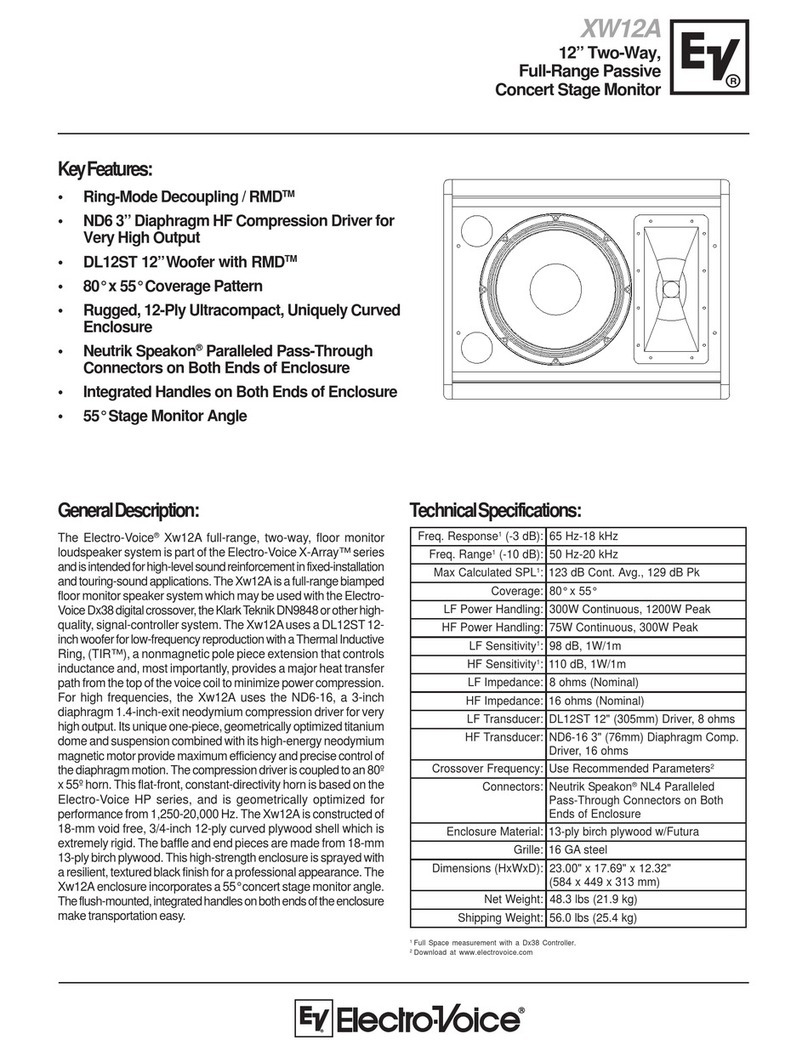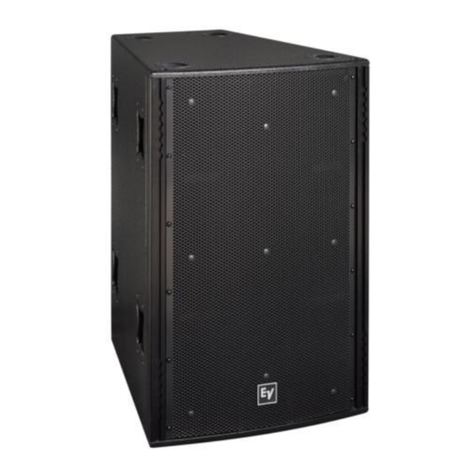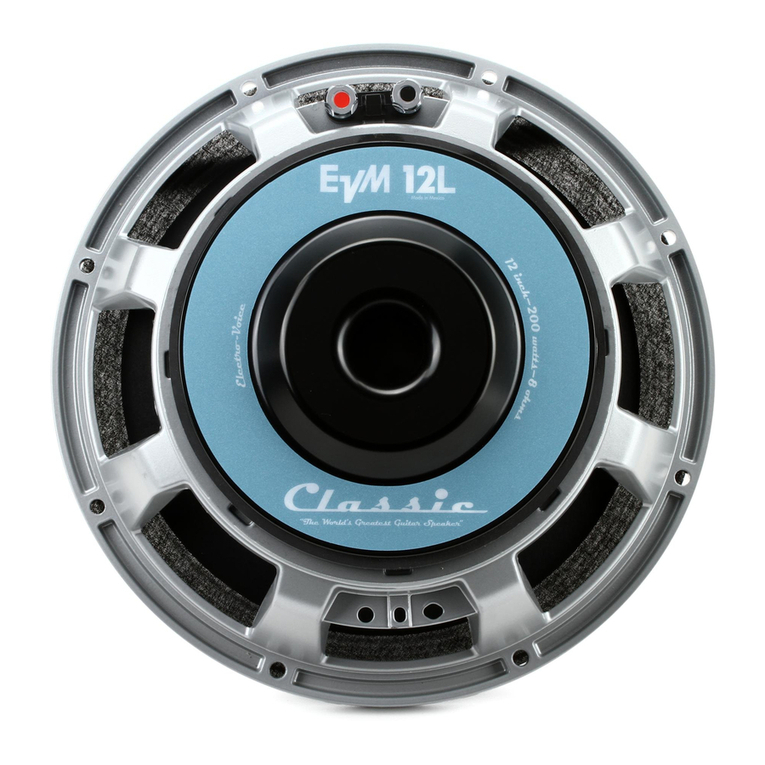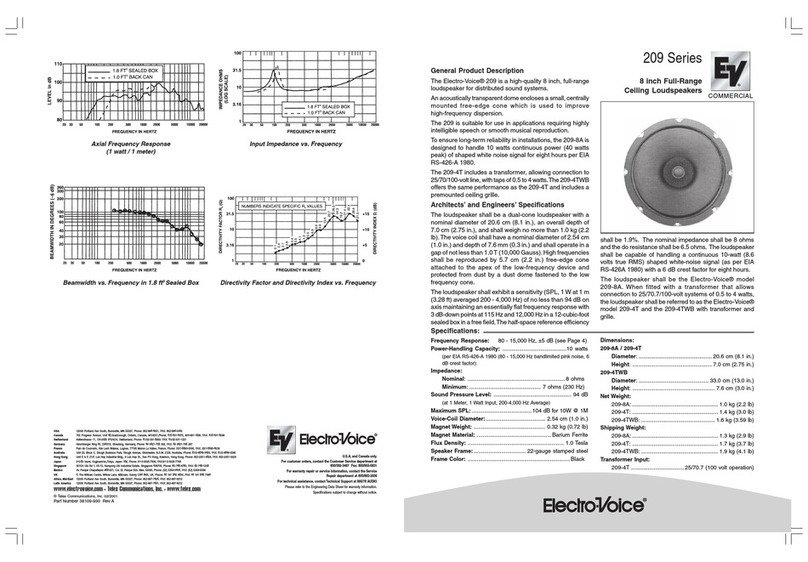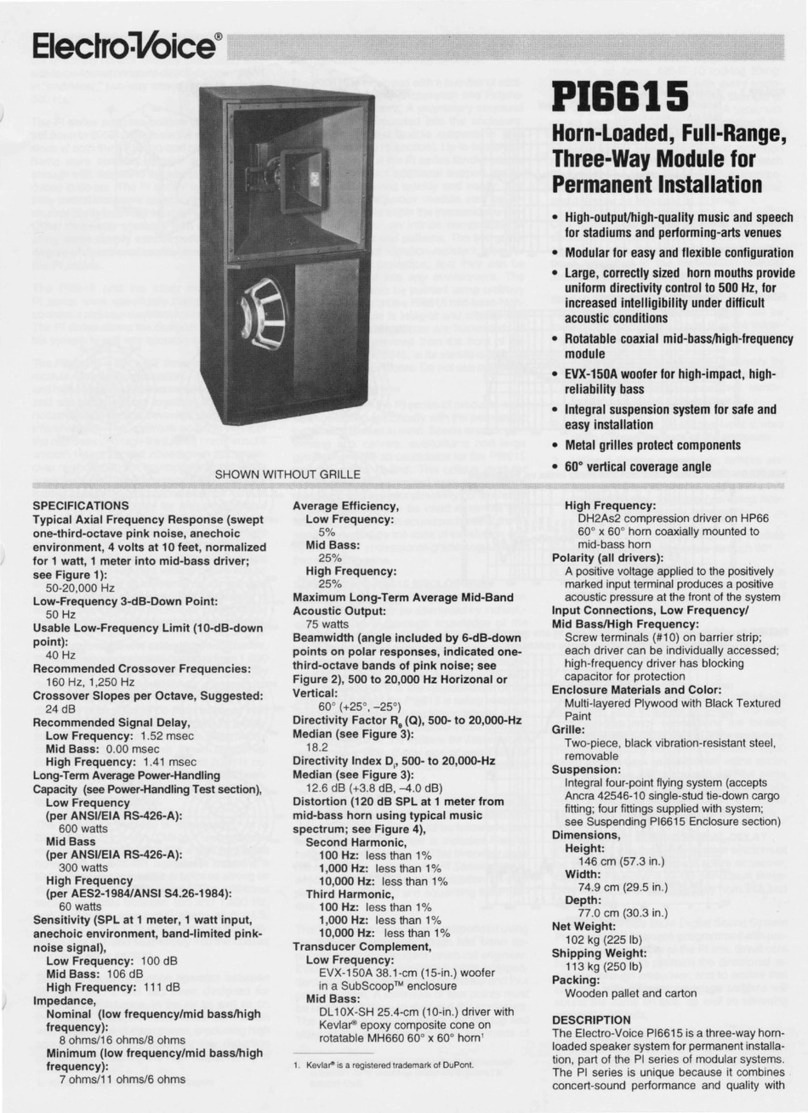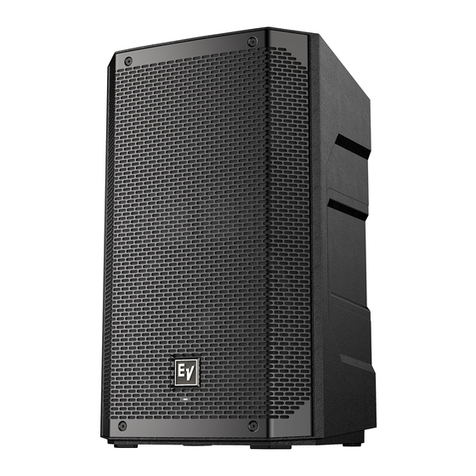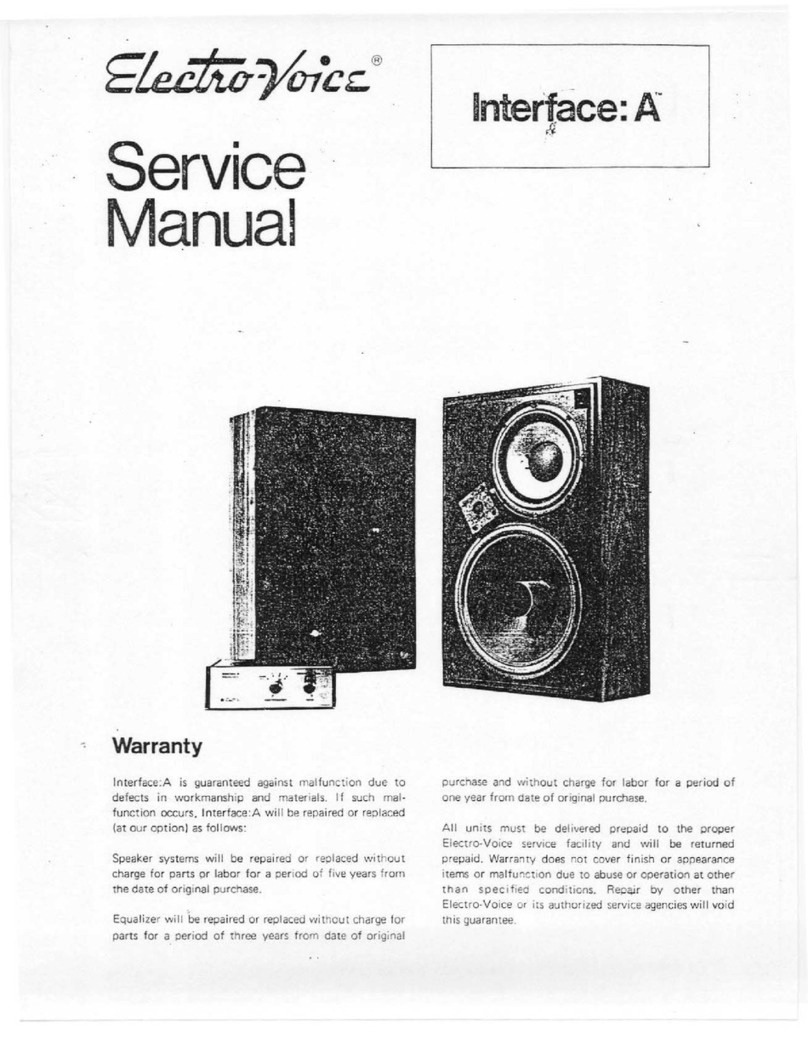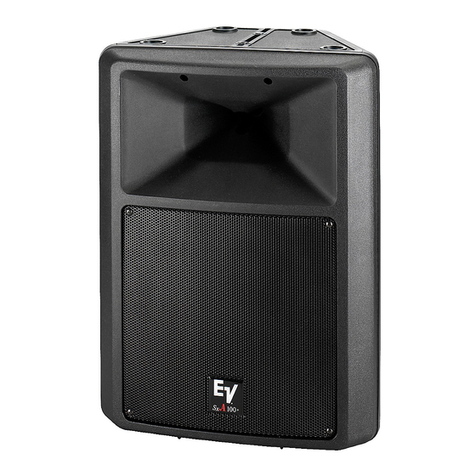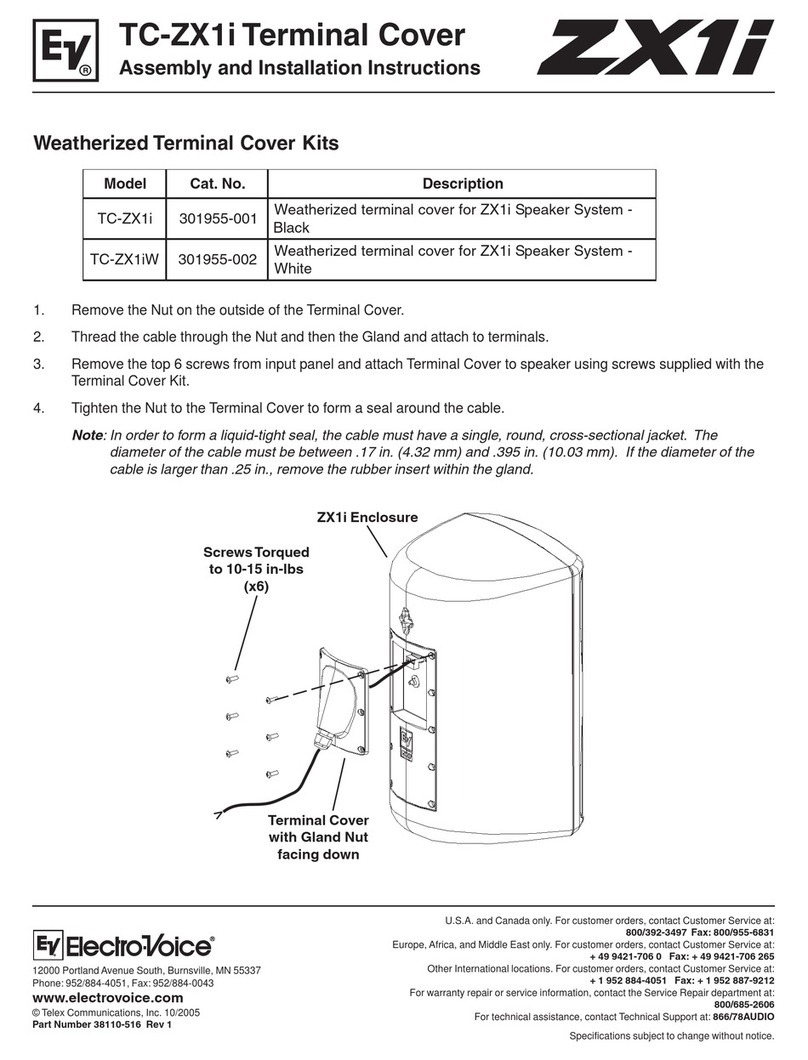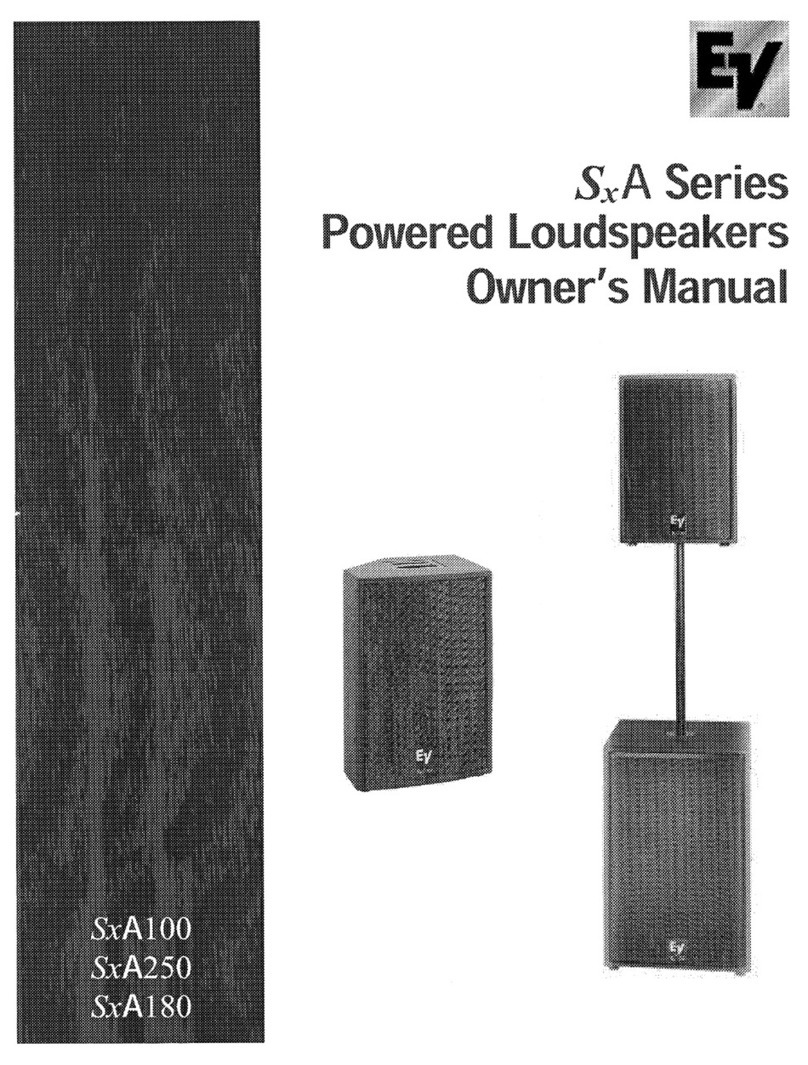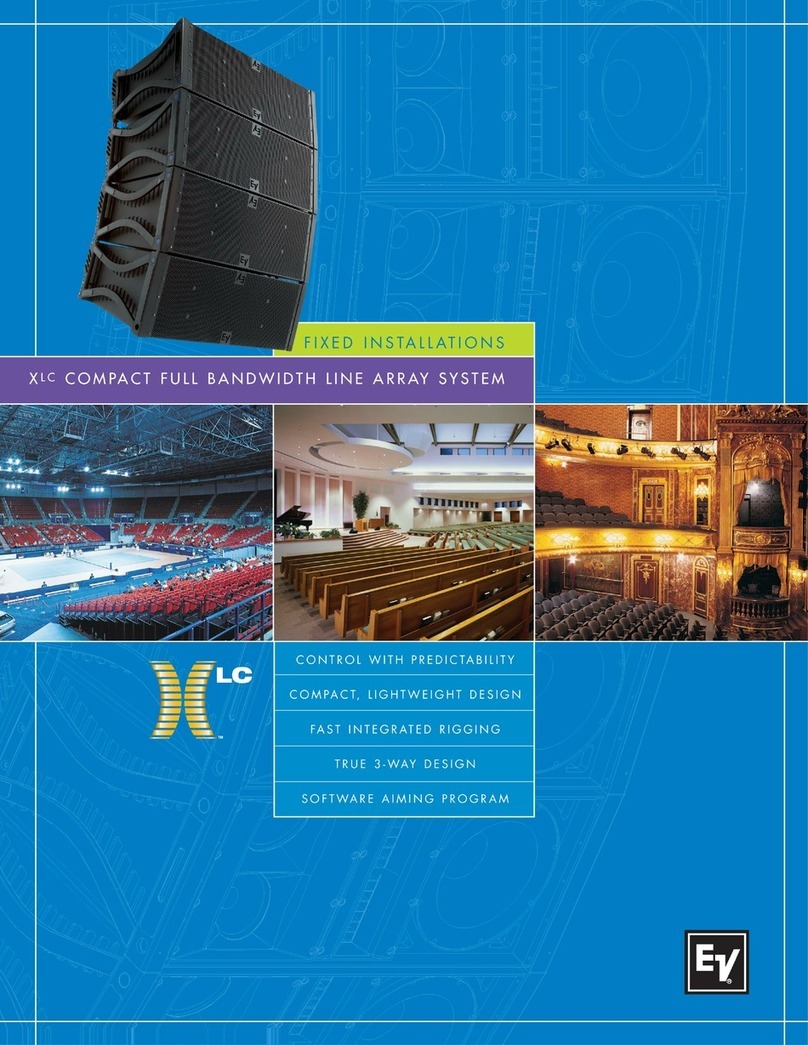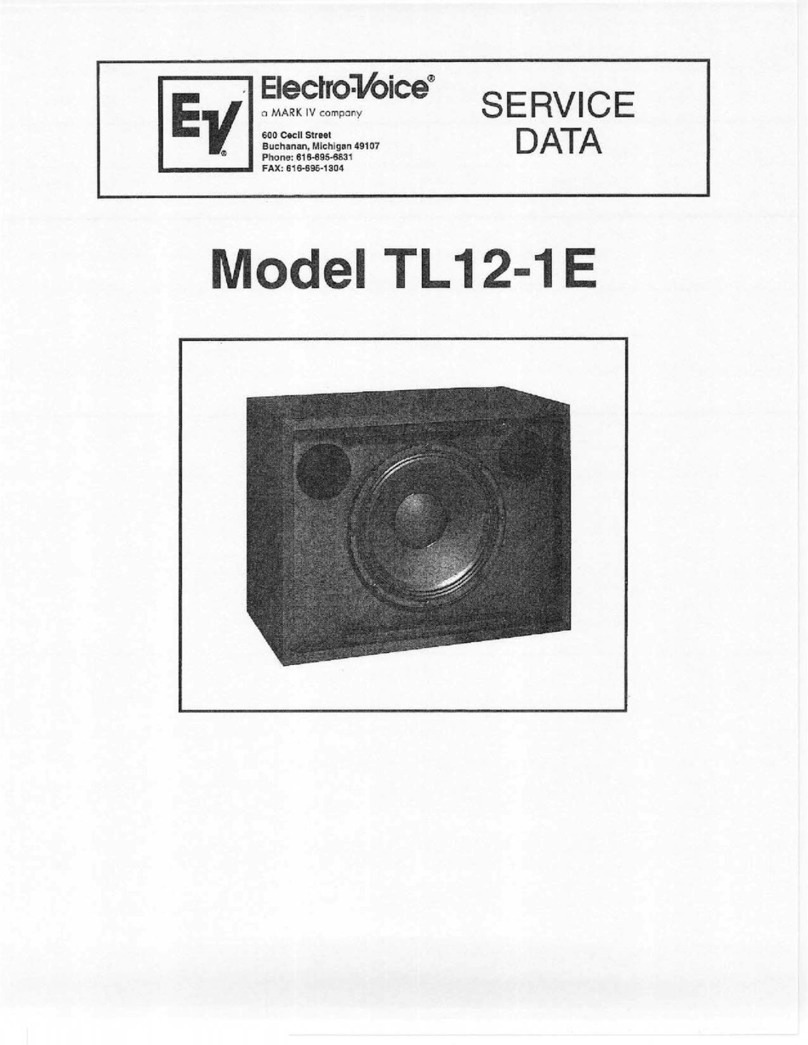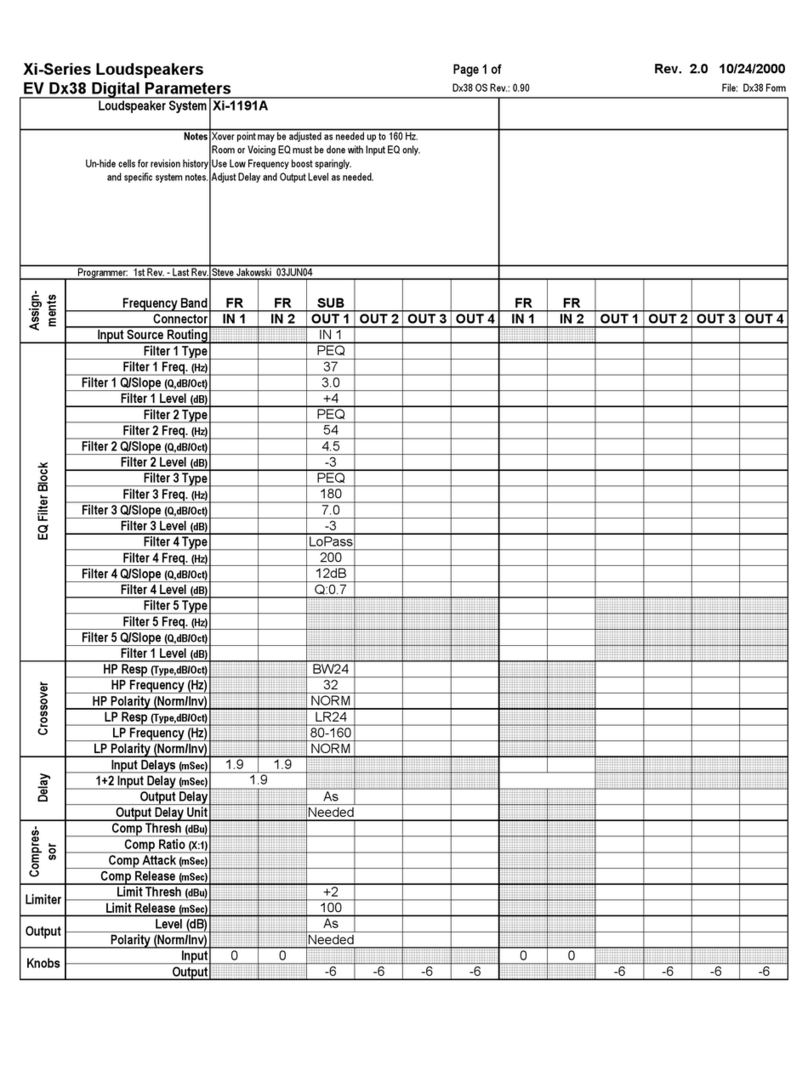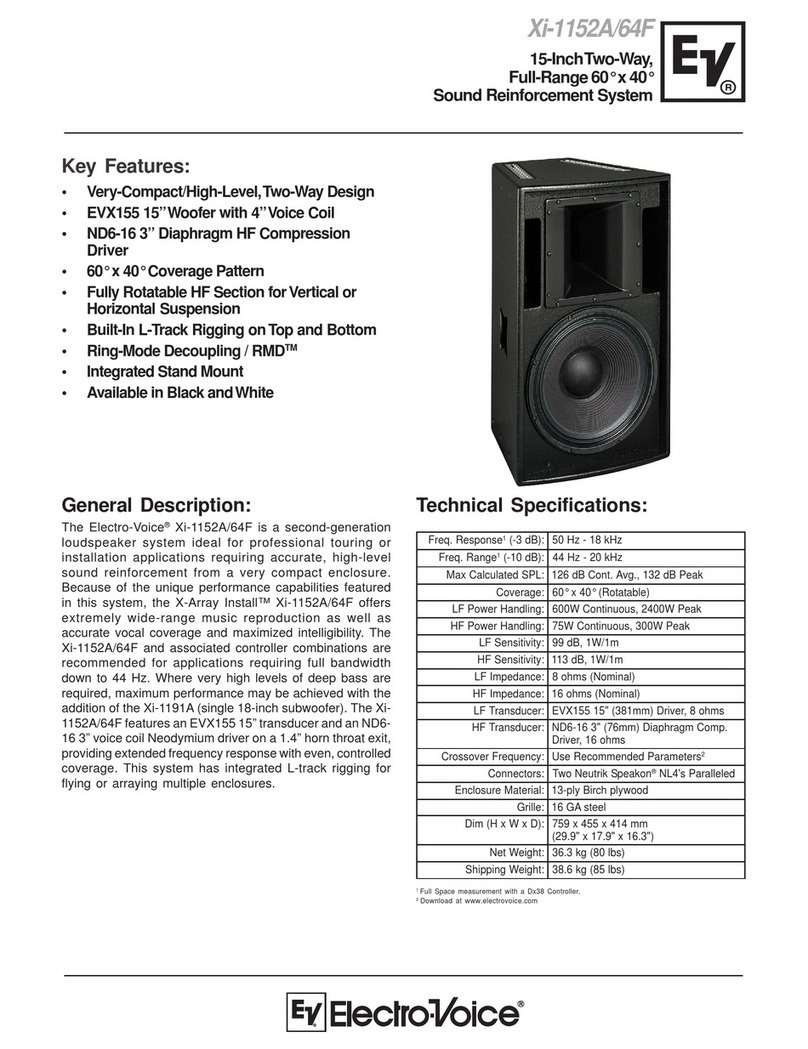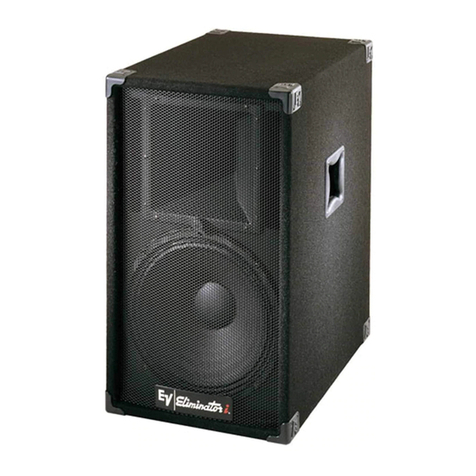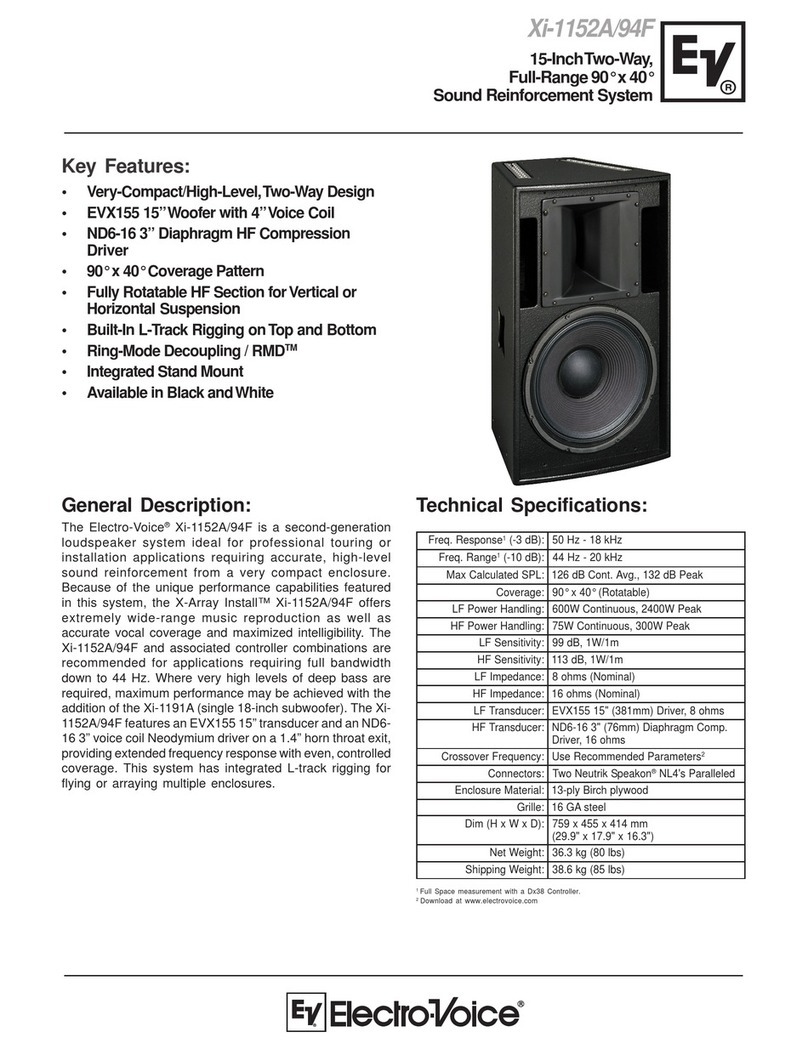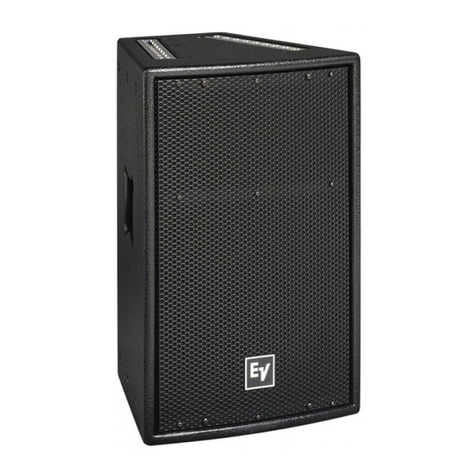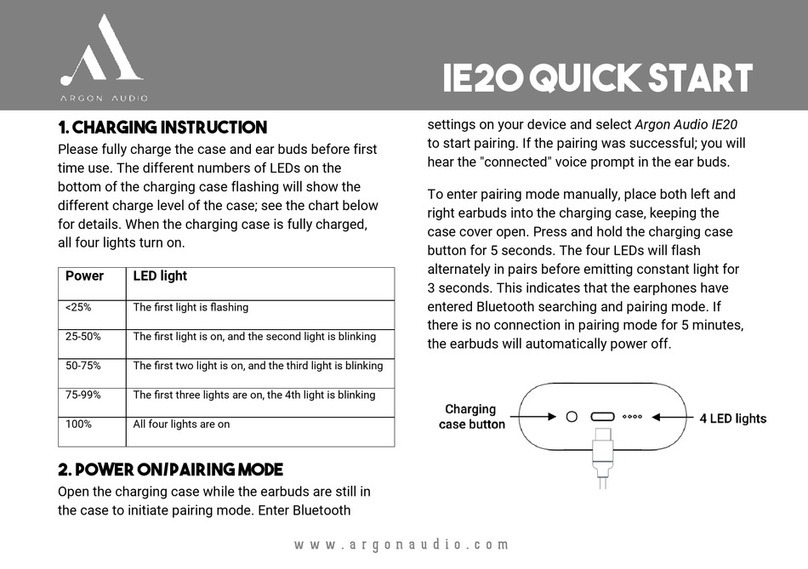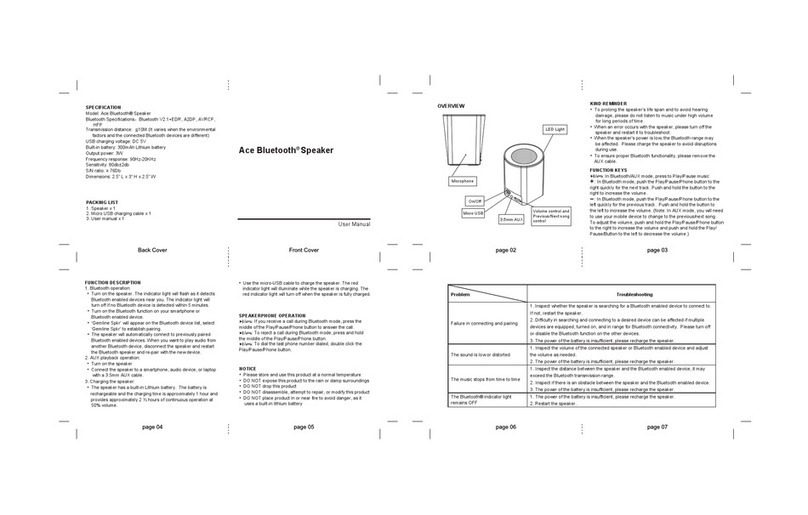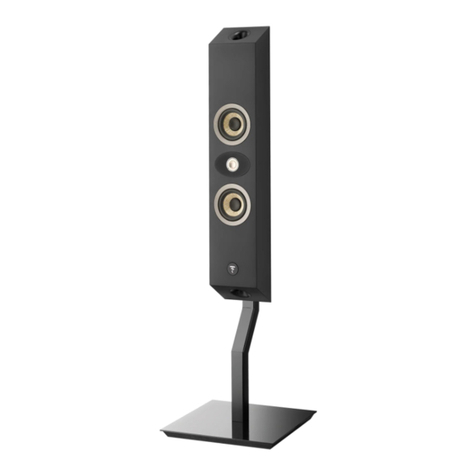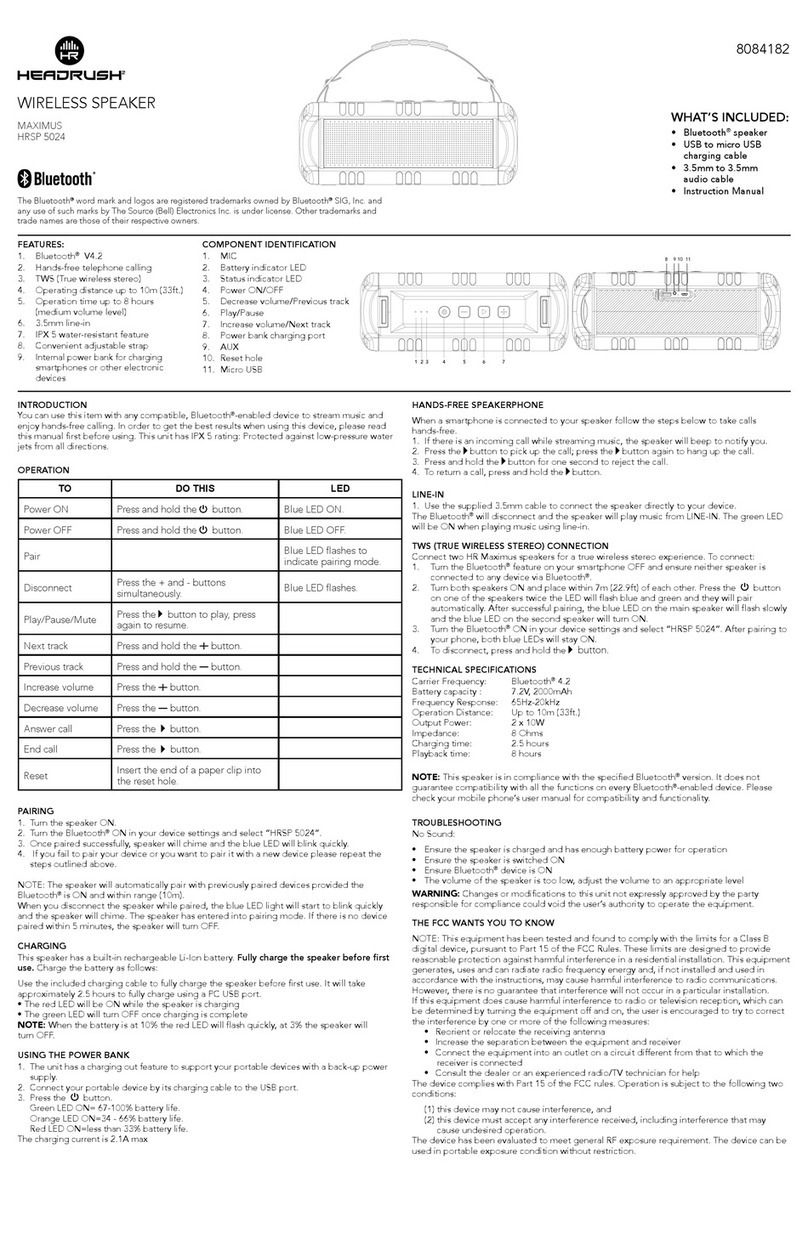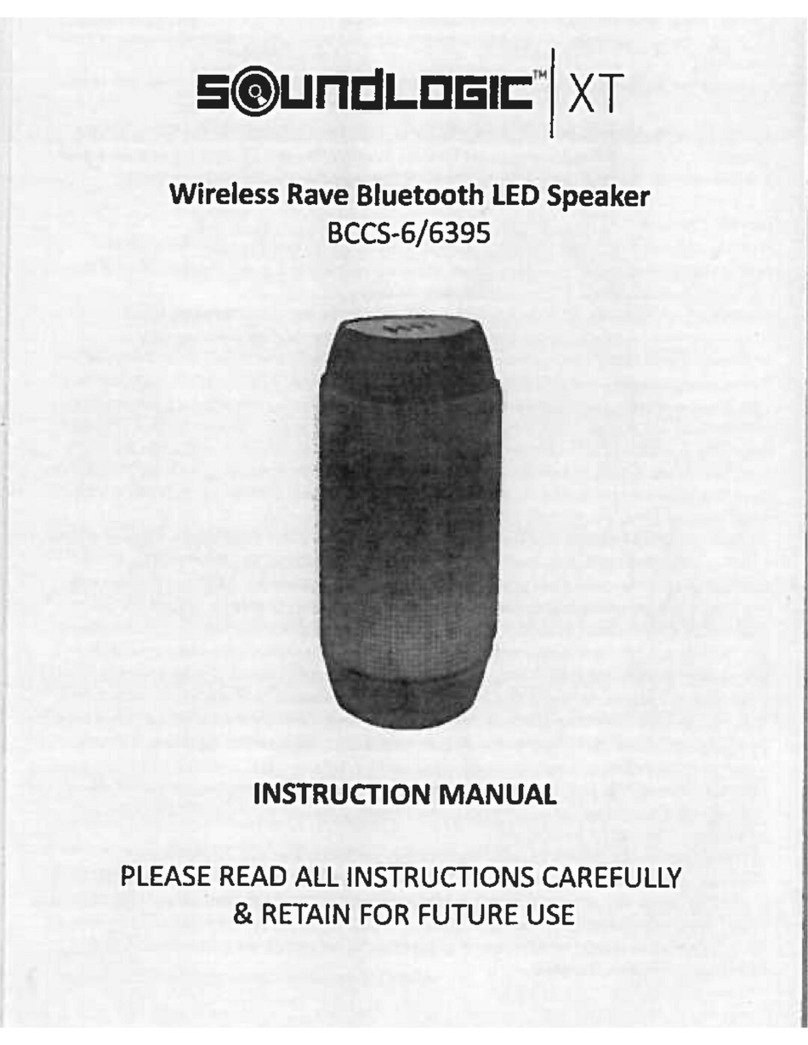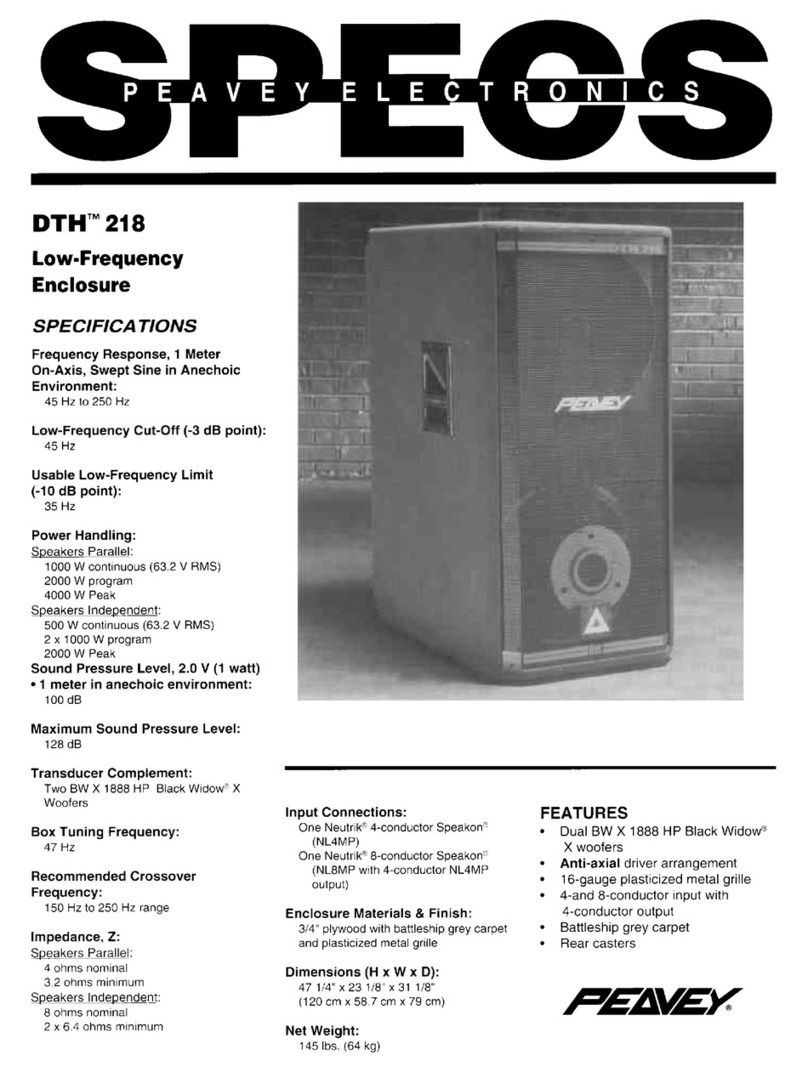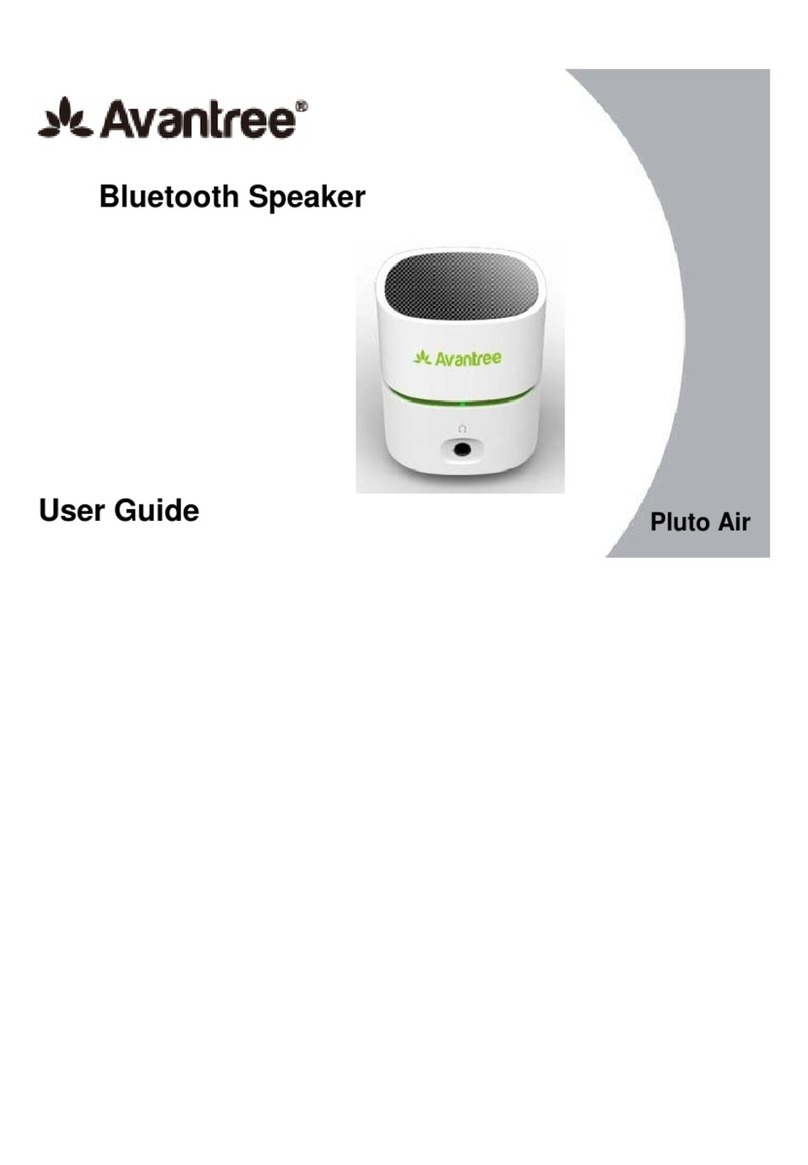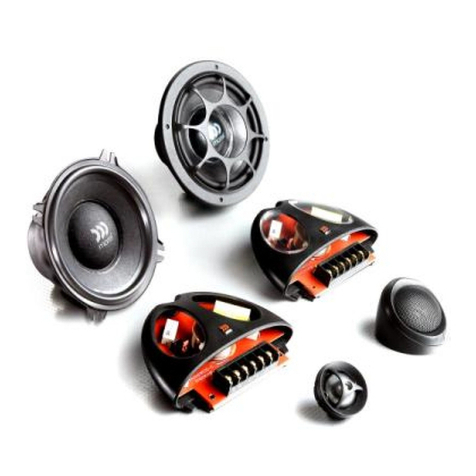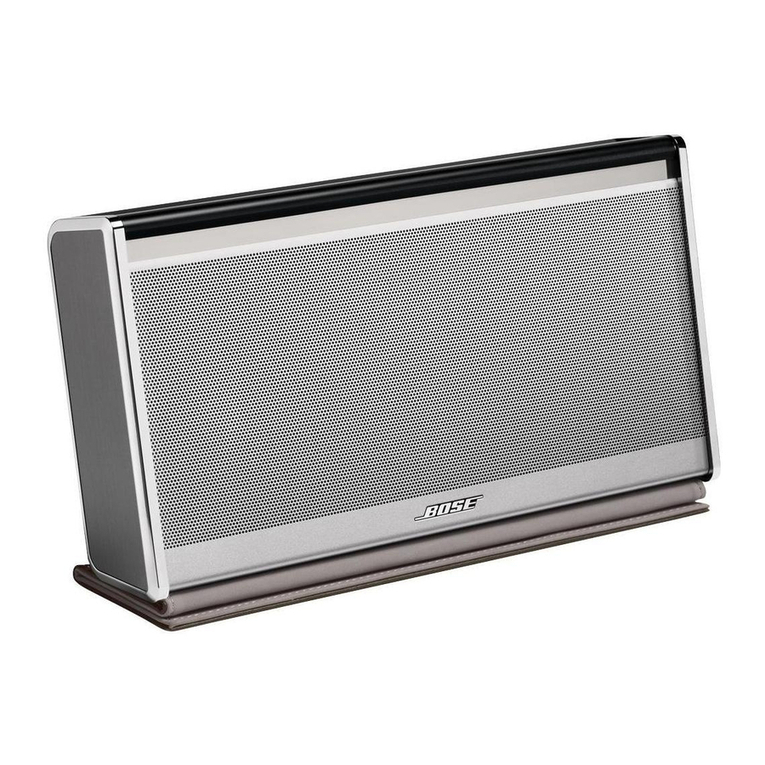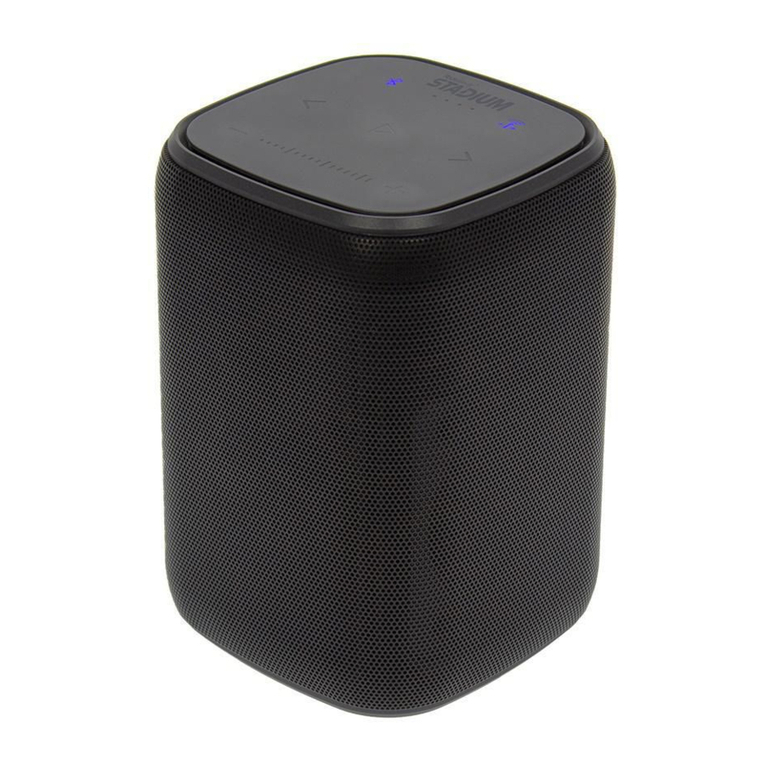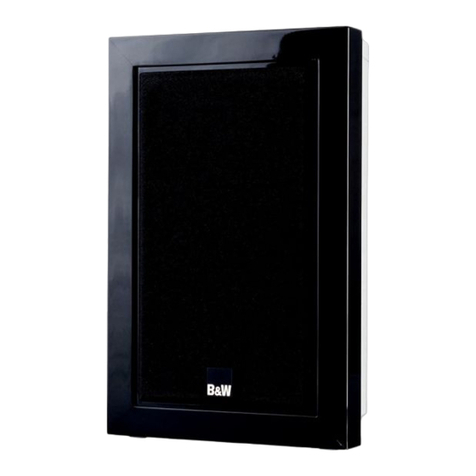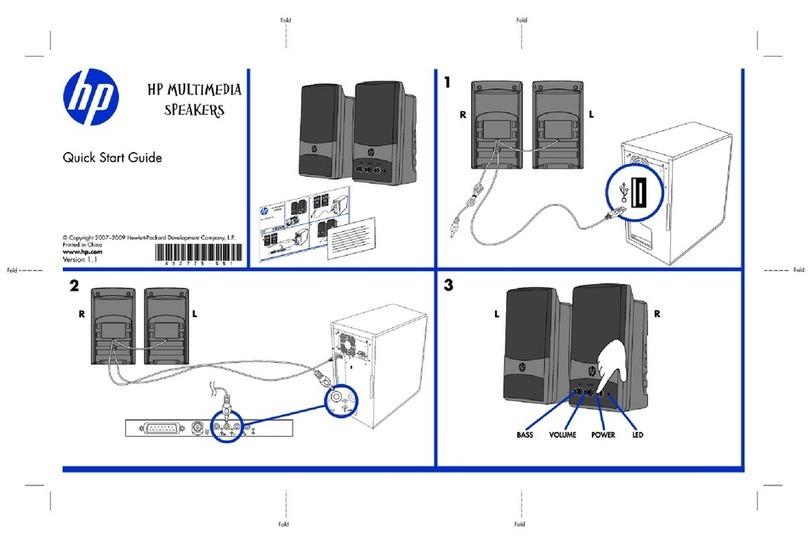
THE
DELTAMAX"
SYSTEM
Table
of
Contents
TABLE
OF
CONTENTS
Page
DESCRIPTION
and
FEATURES.
cinco
vos
SSE
VAR
ya
RASS
ances
SPECIFICATIONS
Оешма
Gontroller
(DME)
„ао
ез
аз
rmm
ITA
EVIS
KAN
kas
raa
3
DONSMAKSVEIOMI
v.
2;
cue
pu
OKON
es
ES
emia
Pan
Ee
VON
KOTAS
3
Dolta]
Max:
Eoudspeaker
(ОМ!)
т
¿uQ
ess
js
es
sos
stere
sev
uua
enas
4
DML-1122/DMC-1122
Frequency
Response
......................
5
DML-1152/DMC-1152
Frequency
Response
......................
5
DMI=1:422
Polar
Ĥosponse
„su
e
eso
o
VE
д»
antes
EN
ERR
5,6
DMI-1159
Poar
Hesponee.-
ее
7,8
DMI=1122/DMET52
Beamwldtft
Se
eru
prr
mnt
SE
pone
9
DME-1122
Directivity
Factor,
index...
sere»
er
metn
mn
tme
9
ВМЕ:
152
Directivity
ЕВО
IBdOX:.
ve
eee
reet
ones
sie
e
9
DML-1122/1152:
Harmonie
Distortion
„se
em
es
meme
mre
nns
9
FUNCTIONAL
BEOCK
DIAGRAM
........
25,
ere
ko
minion
nie
KIS
SS
10
OPERATION
ООО
als
su
ura
paras
OF
о
оиа
s
Kn
a
e
a
daa
earns
11
Eimit
Indicalionig:
2.5:
sai
sen
SONS
Sin
ace
Chee
Garam
11
Amplifier
Emil
zs
de
vis
tr
rA
IN
E
OA
TKP
11
Exeuralon
ШИЕ
sus
seson:
Us
(SLE
UN
kN
Beet
SA
ASSI
11
Temperature:
iikuy.
occ
v
PERI
e
pE
EE
THING
ER
12
INSTALLATION
Amplifier
Bedquiremieris
urs
nt
ay
apasaq
cu
pe
e
nca
da
eg
12
Connector
and
Cable
ВЋедиігетепќѕ
...........................
12
DeltaMax
Speaker
Installation
................................
12
Interconnections
for
Single
Channel
Operation
..................
13
DeltáMax
Output
Connections
.
.
|:
==»
xis
se
ase
u.
oe
Heim
laos
aw
ens
13
Interconnections
for
Two-Channel
Operation
....................
14
DeltaMax
Controller
Installation.
-rsss
e»
ste
mision
йн
samo
niao
tee
15
Operating
Voltage
Selecta
.«
«uu
sm
хо
ашыкка»
ne
unge
aes
15
МОЧИТЬ:
оао
аве
scm;
еее
a
tine
ия
атанан
еласа
T
ци
ek
tu
carer
16
Mic
op
TET
ON
T
CET
CTI
16
MONIIAŬON
¿sassa
sue
=tajs
wr
excel
аган
алате
а
ашу
c
III
SN
16
MAUNTENANGE!
еее
ыы
ko
eo
okej
nepero
l
sado
я
16
X-RAY
VIEW
OF
P.C.
BOARDS
Power
Supply
Ваа:
ies
ESEO
ON
EX
ENS
He
ISS
17
Man
IBOBIO
Ch
peso
scie
ouest
NNI
КУ
EIN
SX
vB
do
ee
18
SCHEMATIC
DIAGRAMS:
=
1524
Im
ems
ats
iae
19-28
SERVICE/WARRANTY
INFORMATION
Shipping
Damage
sss
sisi
saa
858
alo
klako
alo
ave
Skemo
элем
gie
йабан
29
KMIOKIISGNVIOB
c
оу
ero
lL
krm
RE
shoud
Matias
ета
29
Gontroller
Power
Inspection.
sesa
us
кйш
eis
4
su
SIU»
lanan
29
Driver
Replacement):
ео
lon
Y
We
tis
Saa
uo
Siete
НМ
29
а
E
OE
a
а
ме
29
WARNING:
“TO
REDUCE
THE
RISK
OF
FIRE
OR
ELECTRIC
SHOCK,
DO
NOT
EXPOSE
THIS
EQUIPMENT
TO
RAIN
OR
MOISTURE.”
“DeltaMax
Loudspeaker
(DML)
DeltaMax
Controller
(DMC)
The
DML
and
DMC
abbreviations
are
used
quite
frequently
in
the
manual.
